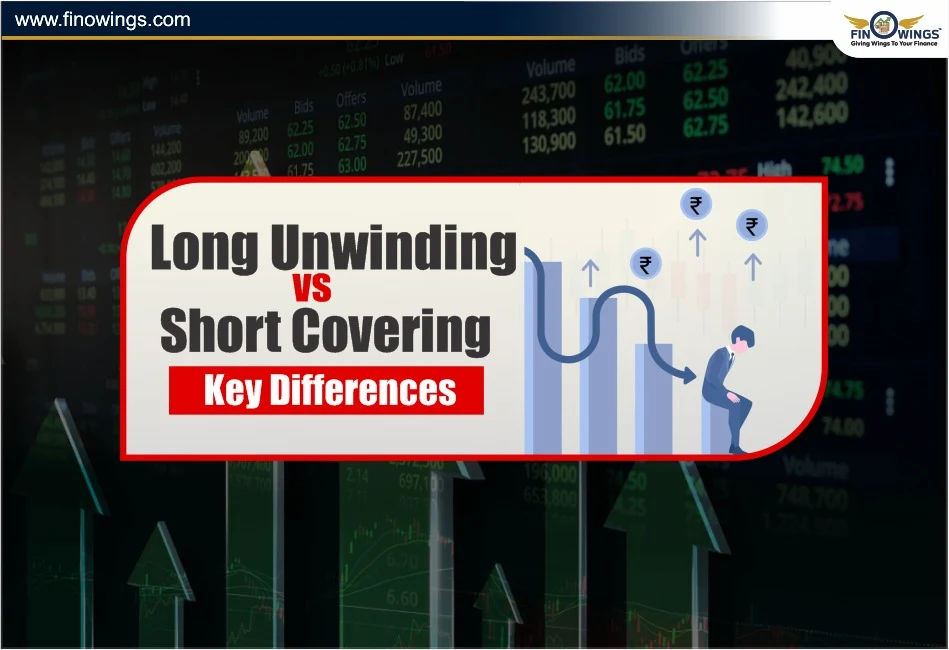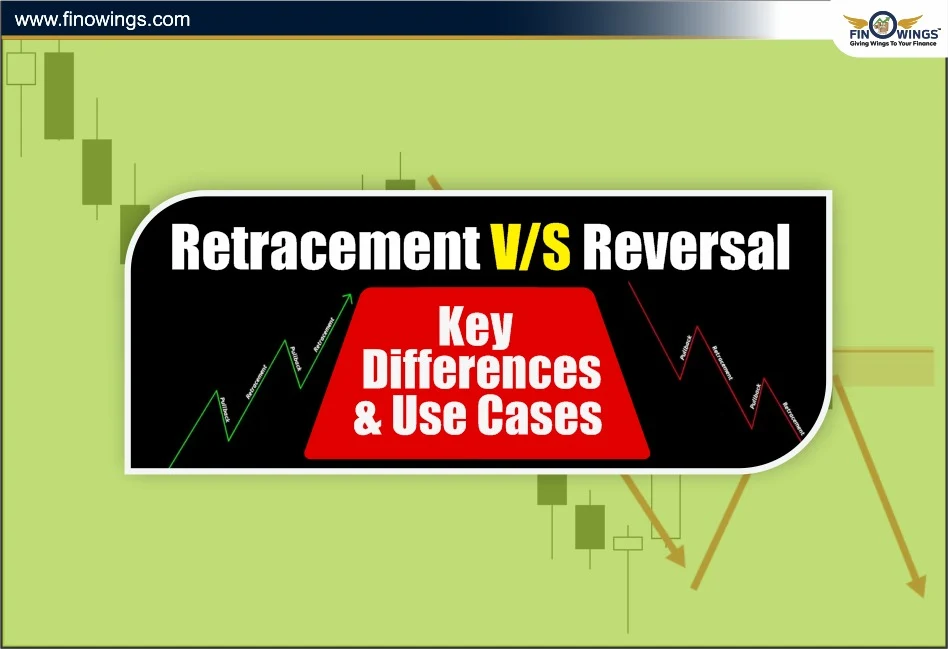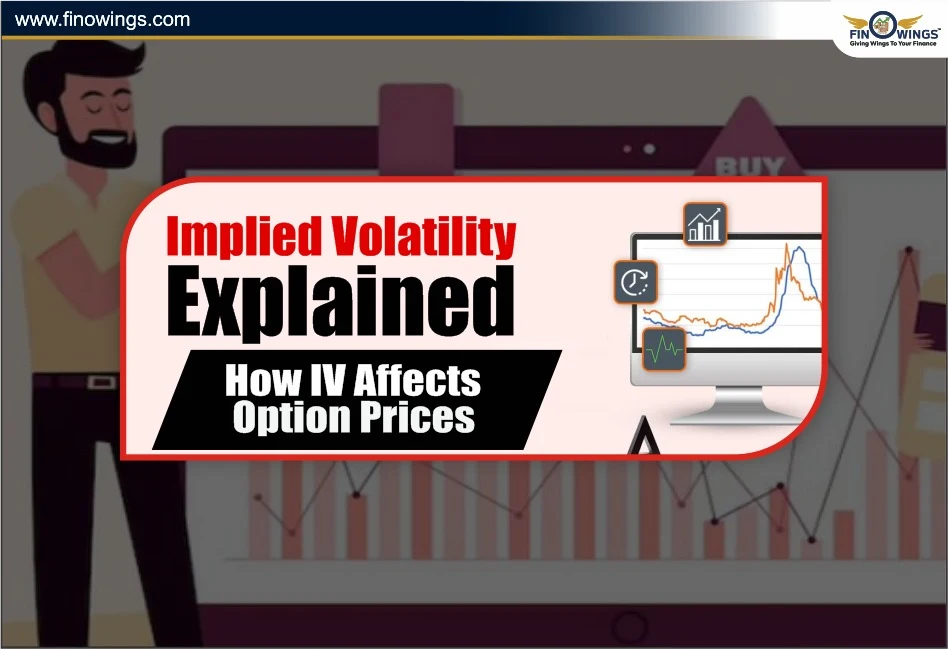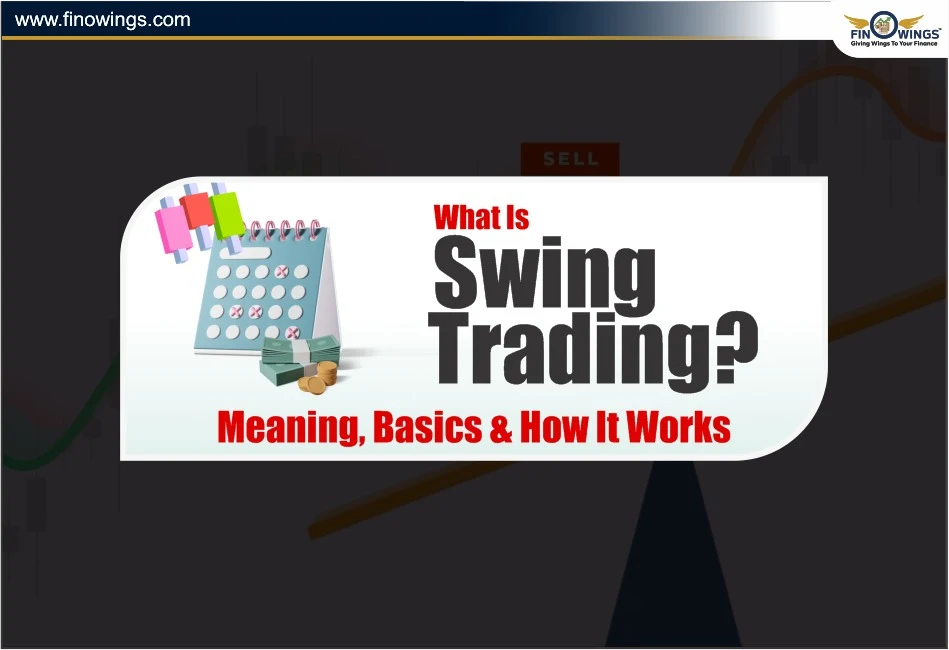Home >> Blog >> How to Do Scalping Trading: Step-by-Step Guide
How to Do Scalping Trading: Step-by-Step Guide

Table of Contents
When it comes to trading stocks and forex, time is of the essence. For those who prefer to make quick profits and cannot wait for long, there is scalping trading. This strategy focuses on gaining profits from small price movements and is executed within a time frame of minutes and sometimes seconds.
This blog focuses on how to do scalping trading, various scalping trading strategies, and the best tools and indicators to help you as a scalper.
What Is Scalping Trading?
Scalping trading is a type of short-term trading. Traders will make multiple small profits on a single trading day by taking every single opportunity of price fluctuations. Scalping is instant. It differs from swing and position trading because there is no waiting. A single trade can last from a few seconds to a couple of minutes.
In essence, scalping trading is the process of making multiple quick trades per day and building on small profits.
Example:
Suppose a trader buys a stock for ₹100.05 then sells it for ₹100.25. This is a profit of ₹0.20 for each share. With this in mind, it’s possible to make this trade 30–50 times to achieve great profits daily.
How Scalping Trading Works
High volume, narrow spreads, and quick execution are essential for scalping trading. In order to automate their systems for order capture and execution, traders require real-time charts and fast internet.
This is how it works, step by step:
1. Pick Liquid Instruments:
Liquid instruments like Nifty and Bank Nifty and major forex pairs like EUR/USD and blue chip stocks like Apple are high frequency liquid instruments.
2. Define Entry and Exit Criteria:
Scalpers prefer to enter at moving momentum and exit at near profit marks, like 0.2 to 0.5% of what is probable.
3. Employ Leverage:
While using scalping strategies, high leverage is not recommended. Marginal gains are seen and high losses can also occur, making risk management crucial.
4. Identify with Indicators:
Scalpers like to use technical indicators such as moving average levels, RSI, MACD, and Bollinger Bands for fast exit and entry levels.
5. Sustain and Repeat:
Scalping trading strategy focuses on the number of trades attempted with the target to achieve dozens or hundreds of trades.
How to Do Scalping Trading – Step-by-Step
Here’s a simplified guide for beginners on how to do scalping trading effectively:
Step 1: Choose the Right Market
-
Scalping works best in markets with high liquidity and volatility. In India, intraday traders often scalp:
-
Nifty and Bank Nifty futures
-
Reliance, HDFC Bank, and Infosys are examples of liquid stocks.
-
Commodities and Forex pairings.
Step 2: Choose a Trustworthy Platform and Broker
Choose a broker that offers:-
-
Low spreads and commissions
-
Lightning-fast order execution
-
Advanced charting tools (like TradingView or MetaTrader 5)
-
Delays or slippages can destroy scalping profits - so speed matters most.
Step 3: Select a Timeframe
-
1- to 5-minute charts are typically used by scalpers. Respond faster when the period is narrower.
-
For beginners, starting with 3 min or 5 min charts helps balance clarity and speed.
Step 4: Apply the Best Scalping Indicators
Technical indicators are the backbone of every scalping strategy. Here are some indicators mentioned below in the table. You can choose the best indicator for scalping:
|
Indicator |
Purpose |
Scalping Use |
|
Exponential Moving Average |
Shows trend direction |
9 EMA and 20 EMA crossover for entries |
|
Relative Strength Index |
Measures overbought/oversold levels |
When RSI crosses 30 (buy) or 70 (sell) |
|
Moving Average Convergence Divergence |
Identifies momentum |
Enter during MACD crossover confirmation |
|
Bollinger Bands |
Detects volatility |
Trade when the price touches the upper/lower band |
|
Volume Weighted Average Price |
Confirms institutional flow |
Ideal for intraday scalping confirmation |
Combining two or three indicators provides more reliable signals and reduces false entries.
Step 5: Use a Solid Scalping Strategy
These three tried and true scalping trading techniques are effective for both novices and experts:-
A) EMA Crossover Strategy (Best for Beginners)
-
On a 1-min or 3-min chart, use 9 EMA and 20 EMA.
-
9 EMA crosses over 20 EMA, indicating a buy signal.
-
9 EMA crosses below 20 EMA, indicating a sell signal.
-
Exit with a profit of 0.3%–0.5% or when EMAs cross again.
B) RSI Pullback Strategy
-
Apply RSI (14) on your chart.
-
Enter long when RSI crosses below 30 and reverses up.
-
Enter short when RSI crosses above 70 and turns down.
-
Works best in volatile stocks or indices.
C) Bollinger Band Bounce Strategy
-
Use Bollinger Bands (20,2).
-
When the price approaches the lower band and the RSI indicates that the market is oversold buy.
-
Sell when the price hits the upper band with RSI overbought.
-
These are considered among the best scalping strategies for quick profits with low risk.
Step 6: Manage Risk Effectively
-
Scalping is about precision, not prediction. Therefore, strong risk management is key:
-
For each trade, set a stop-loss of 0.25 to 0.5%.
-
Make sure the new position you take in a trade doesn't exceed 1% of the deal's total capital.
-
It's usually preferable to take smaller winnings in order to reduce risk and ensure earnings.
Step 7: Keep a Scalping Journal
Every trade you make should have its entry and exit pricing, time, rationale, and result recorded. You can identify errors and the best approaches to improve your scalping trading strategy by thinking back on previous results.
Advantages of Scalping Trading
Quick Profits: Profits are made in intervals and the small amounts add up quickly.
Low Overnight Risk: There are no overnight positions, so no risk of gap-down out of the market.
Frequent Trading Opportunities: There is a lot of action for the active traders.
Ideal for Volatile Markets: When the market is swinging, the prices will tighten, allowing for more scalping.
Disadvantages of Scalping Trading
High Stress Levels: A lot on the line and little time to make moves that count.
Transaction Costs: A lot of small trades means small profits and then the taxes to take your profits.
Emotions are a Disadvantage: One wrong move and all of your efforts will be wasted.
Limited Big Profits: You are able to make lots of trades, but they tend to be on a smaller scale with profits.
Bonus Tip: Using Volume with Scalping
Utilising volume is a way you can measure and predict market behaviour. Strong volume behind a breakout allows you to predict how the price will move.
To improve precision while scalping, incorporate volume indicators such as VWAP or OBV (On-Balance Volume) into your setup.
Conclusion
There's more to scalping than just speed - it also requires discipline, strategy, and execution. Once you grasp how to do scalping trading and incorporate proper risk management, you will be able to extract small profits or returns consistently from small market movements.
Use small capital or demo accounts, keep practising your chosen best scalping strategy, and employ the best indicator for scalping to improve your entry and exit points. Being the fastest is not what makes you the best scalper. The best scalpers are the most disciplined.
DISCLAIMER: This blog is NOT any buy or sell recommendation. No investment or trading advice is given. The content is purely for educational and information purposes only. Always consult your eligible financial advisor for investment-related decisions.


















